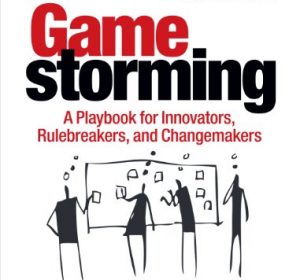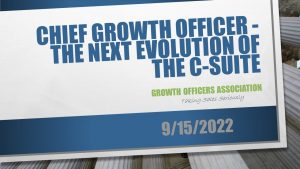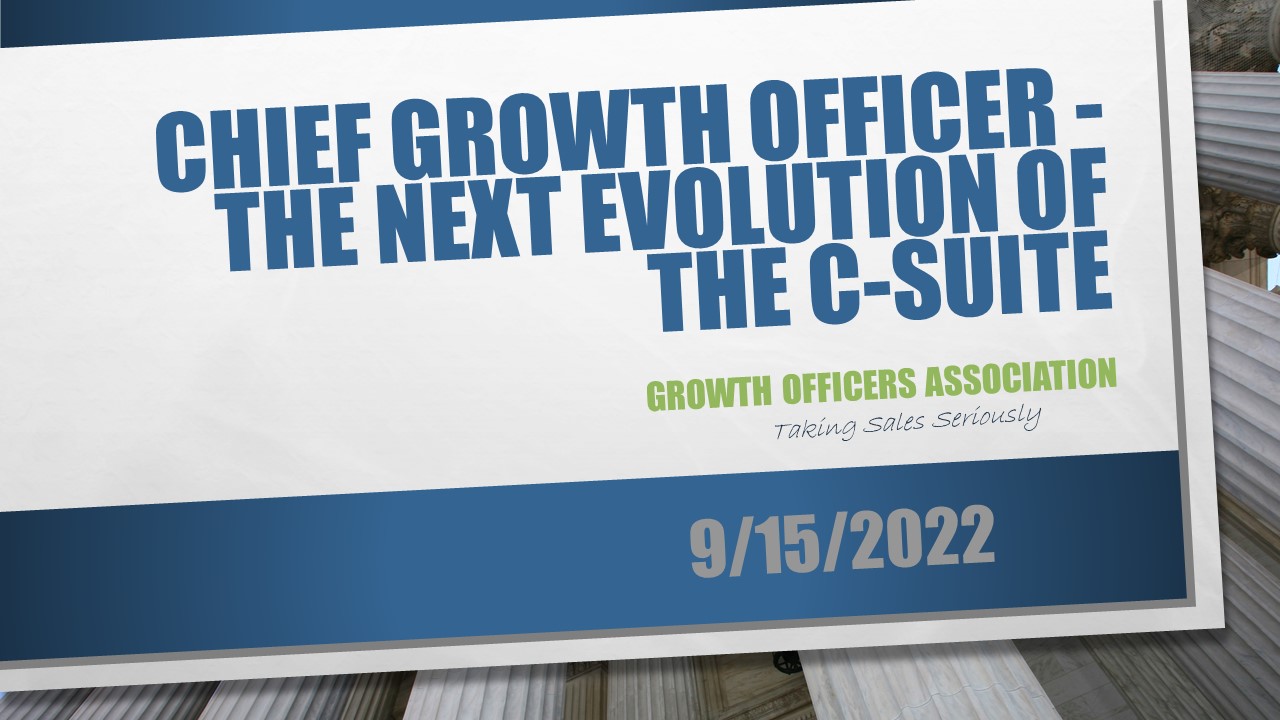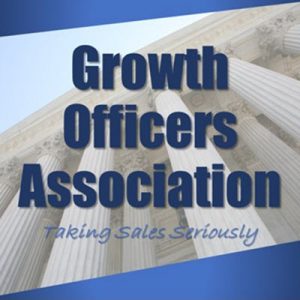Authors: Helene Johnson & Deirdre Murray.
Building Relationships
One of the most valuable tools a business development professional brings to a company, whether as an employee or a consultant, is their contacts (in the olden days – the word was Rolodex).
To sell to a customer, you must know who the customer is, how to reach them, and what they need.
So how do you meet these customers and build a relationship so they trust you to listen to them, understand them, and not waste their time selling them something they do not need – and how do you do this when we are all still working from home?
Building relationships comes at a cost. It costs you time, effort, dedication, and membership fees. Yes – all the costs are from you, the business development professional.
But membership fees? To what?
Federal Associations, enter Stage Left!
The Power of Membership
The way to meet both Industry and Federal colleagues is to work side by side with them. There is no better way to do this than to join AND volunteer in professional associations.
Do these associations really matter? You bet they do! We cannot overstate the value, impact, and importance of associations. It is also worth noting how the digital world has enhanced the effectiveness and “reach” of associations and the immediacy of information sharing across geographic boundaries.
Specifically, joining associations allows members to:
- Belong to a group When you join a group, you reap significant benefits: Your logo goes on their website, and you’re now a voice that helps shape their programs. Your membership also helps grow the organization and even raise money for important causes. It is about giving back to your community and helping to shape the future of the federal market.
- Network and build relationships You chose this field either from believing in the government’s mission, the excitement of technology, or because your parents made you major in something that could help you make a great living. Whatever the reason, if you start right out of college, you could be in this field for the next 40 – 50 years. Why not build life-long relationships with others that are in your field? These are your peers, your competitors, and your customers. Here is your chance to identify business opportunities and collaborate with like-minded professionals. The best part of this is helping others grow along with you. You never know – today, they could be an executive in your company, and you are many levels below them on an org chart. A few years from now, they could be your peer. A few more months or years later, they could be your competitor. Down the road, they could report to you, either as an employee or a consultant. Collaboration pays off. Build those relationships, earn their trust, and keep it throughout your career – it will pay off, over and over again.
- The federal market changes constantly Technology, political impacts, budgets, and business needs – how do you keep up? Business development professionals can get training from their company, but this training is usually focused on sales and product/services updates. While this is internally important to your company, all BD professionals need to keep up with the market and the outside world. How do you know your company meets the customer’s needs if you do not understand the agency and clients’ needs as well as the products and services of your teaming partners and your competition? Every association has opportunities for education, training, and information sharing. That is the main offering of associations.
- What is important to your company is important to others Very few companies stand alone on issues, whether they are financial or political. You can leverage associations to affect change and direction. Being part of associations allows the member to influence these issues using a “united voice”.
Selling to Your Leadership
Here is our recommended “elevator pitch”. First and foremost, decide which association(s) you want to join. Find out which ones your peers belong to. Find out which your competitors belong to. And most importantly, find out which ones your customer’s support. Once you are ready to present to your leadership, make sure you include the benefits of belonging AND being active:
- We can leverage the power and impact of an association’s “united voice” on important issues for the greater good of the group and, most importantly, our company.
- We can keep abreast of federal market news, issues, trends, business opportunities, events, technology trends, and what the federal customers want and need.
- We can work side by side on committees and boards and get to know the federal community, key players, and influencers. They get to know us as people, not just BD/sales staff.
- We realize the tangential benefits of building relationships, potential future business, and teaming opportunities by engaging in committees, working groups, and program/event planning.
- We will expand our company’s market presence and brand. Sometimes it is not who belongs, it’s who doesn’t belong. Imagine the lost opportunities by not being part of the crowd.
Association Descriptions
The following are some of the most noteworthy associations that are focused on the federal marketplace.
- American Council for Technology – Industry Advisory Council (ACT-IAC) is an educational association that provides a forum where government and industry executives can communicate, collaborate and learn. ACT-IAC offers a rich offering of volunteer-driven programs, working groups, and “Communities of Interest” focused on Emerging Technologies, Networks & Telecom, Cybersecurity, and Acquisition. Of note is their flagship professional development program that enables participants to work side by side in collaboration with like-minded peers in industry and government. www.actiac.org
- Armed Forces Communications and Electronics Association (AFCEA) offers a wide array of educational programs throughout its nationwide network of chapters. Chapters hold numerous networking, educational, and philanthropic events. AFCEA International has a Leadership Program that enables upcoming leaders in Industry and Government to work and learn side by side over the year. www.afcea.org
- Association for Federal Information Resources Management (AFFIRM) offers topical and innovative thought leadership programs on federal IT topics of interest such as Cybersecurity, Disaster Recovery, FITARA, Small Business, Emerging Technologies, Women in Technology, and fundraising for their popular STEM scholarship program. www.affirm.org
- Coalition for Government Procurement (CGP) is an association of commercial contractors advocating for “common sense in government procurement” primarily focused on GSA, VA, and DOD procurement issues. The program portfolio includes biannual training conferences focused on the business of government. www.thecgp.org
- National Contract Management Association (NCMA) is the world’s leading resource for professionals in the Contract Management field. They offer a wide array of educational programs and certifications throughout their nationwide network of chapters. www.ncmahq.org
- Partnership for Public Service is a dynamic, non-partisan organization that works to revitalize the federal government by inspiring a new generation of Americans into federal service and transforming the way government works. www.ourpublicservice.org
- Professional Services Council (PSC) isa 501(c)6 professional association offering policy leadership and advocacy,business intelligence, and executive networking with a range of working groups and committees on Smart Contracting, CMMC, Government Affairs, and more. Their program portfolio includes their flagship, volunteer-run annual Federal Vision Market Forecast. www.pscouncil.org
This is by no means an exhaustive list. If the reader would like to recommend other associations or add information about the ones above, plea













